
Happy Monetization Monday! ![]()
Today, I have a quick Monetization challenge for you. Go into Google Analytics (or whatever stat tracking program you use) and find your top 5 blog posts (or more if you have time).
Then, open up a new Excel document and add the name of the post, the url, and where the traffic is coming from (if you aren’t sure, what’s your best guess – organic, Facebook, Pinterest, etc…) in 3 columns.
Next, add a 4th column titled “Call to Action” or “Monetization Strategy” or something along those lines.
Now it’s time to take a closer look at each post. Look at each post with a “fresh set of eyes” and ask yourself … Is it obvious what you want your readers to do next after landing on your best content?
In other words, does your best content feature a clear call-to-action to guide your readers to a) join your email list, b) join your Facebook group, c) buy your cookbook, d) hire you (if you offer services in addition to digital content), e) check out an affiliate offer (I’d try to get them on your list before you send them away to another offer, but sometimes it’s worth it go this route), or e) whatever your goal was in writing that post?
You may find you didn’t have a specific goal when you created that post. That’s okay. Now’s your chance to rectify it. ![]()
Once you’ve worked out how you want to Monetize your top posts (if you haven’t already done so, of course!) – drop by the KitchenBlogger’s private Facebook group and share a link to one of your newly Monetized posts in this thread:
https://www.facebook.com/groups/kitchenbloggers/permalink/856028914573606/
(Our private Facebook group is closed, but free to join. If you are not a member, just submit a request to join and I’ll get you in right away!)
I’ll be keeping an eye on this thread and spot checking pages and offering feedback.
If you have questions, leave a comment on the Facebook thread and I’ll get back to you! ![]()
That’s all I have for now.
‘Til Next Time,


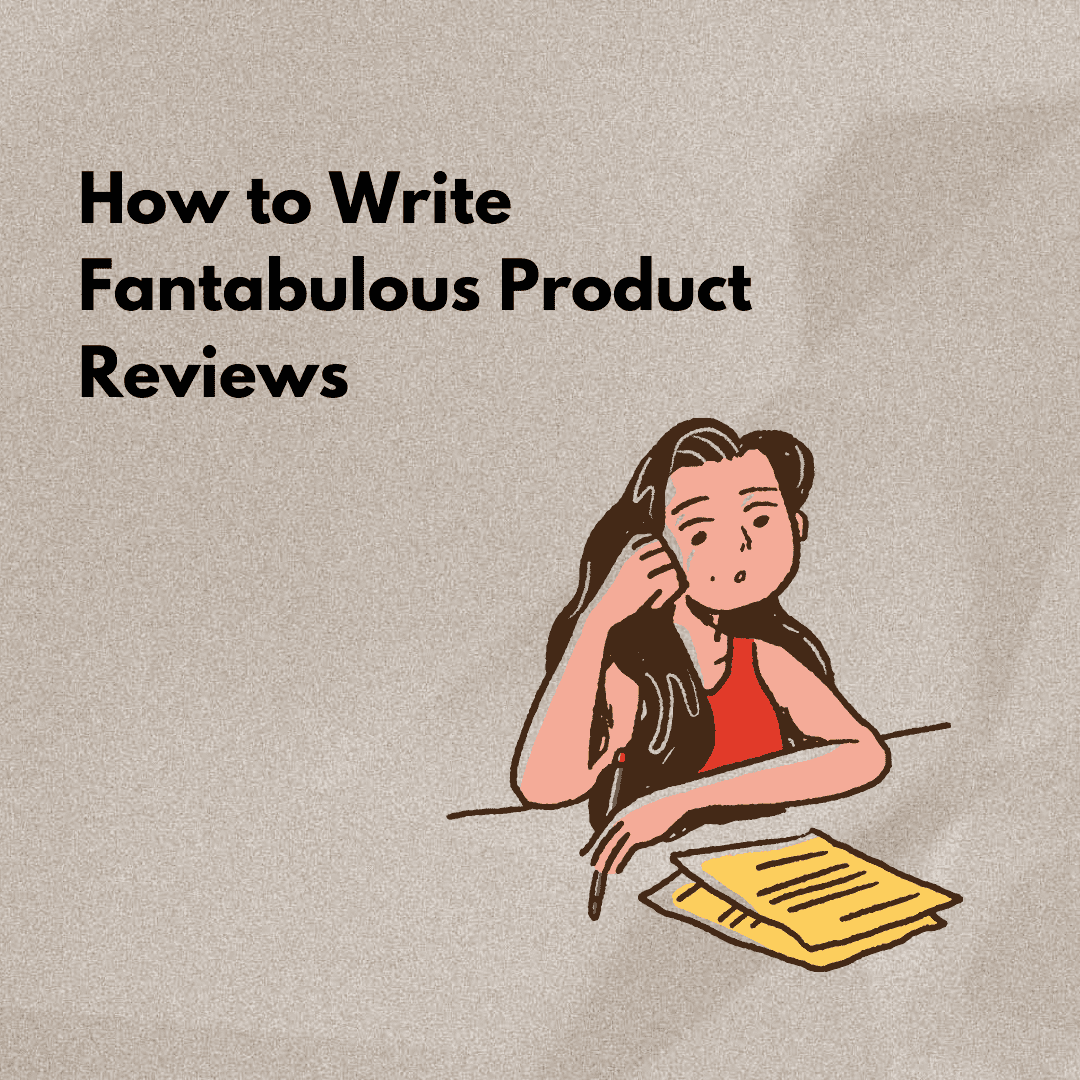

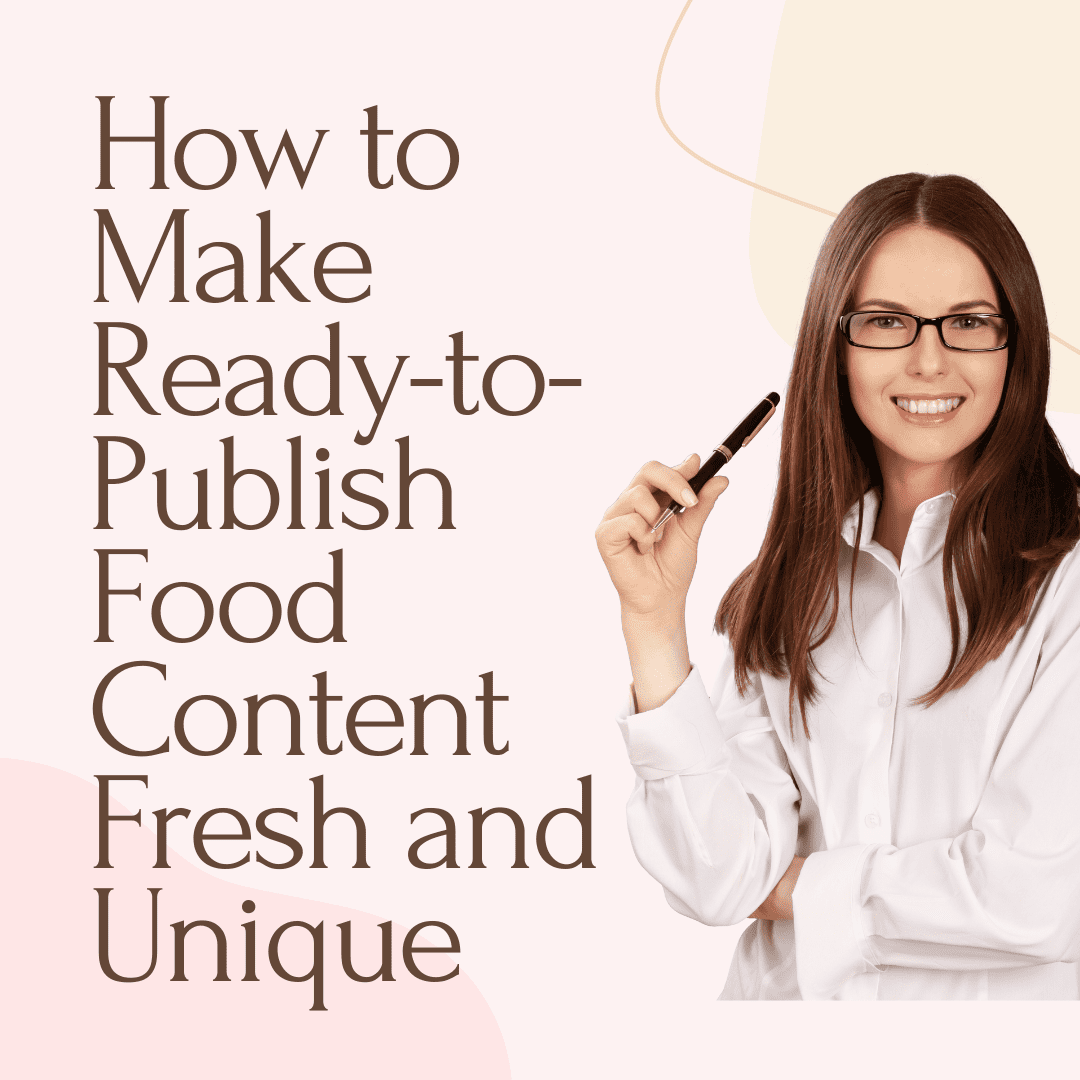
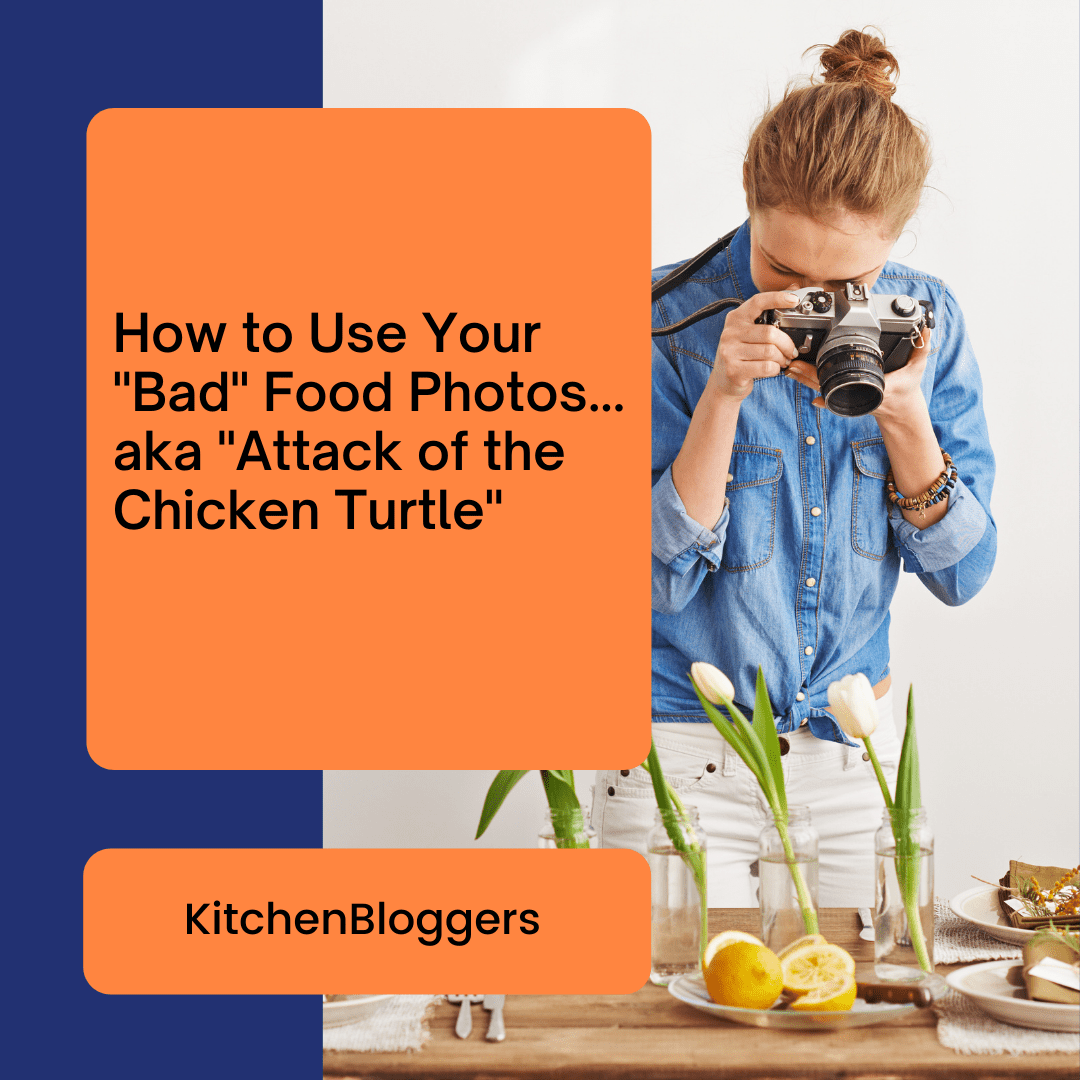
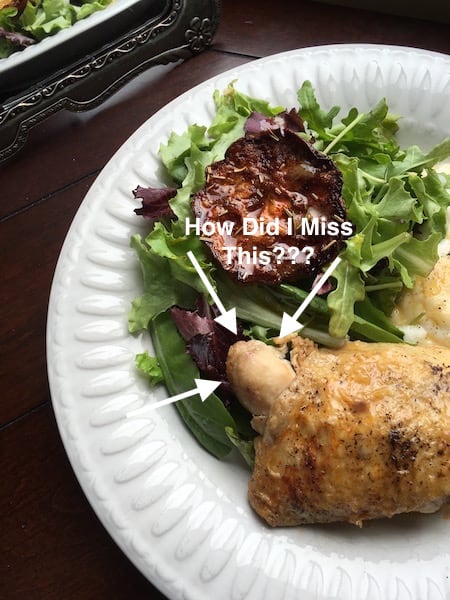


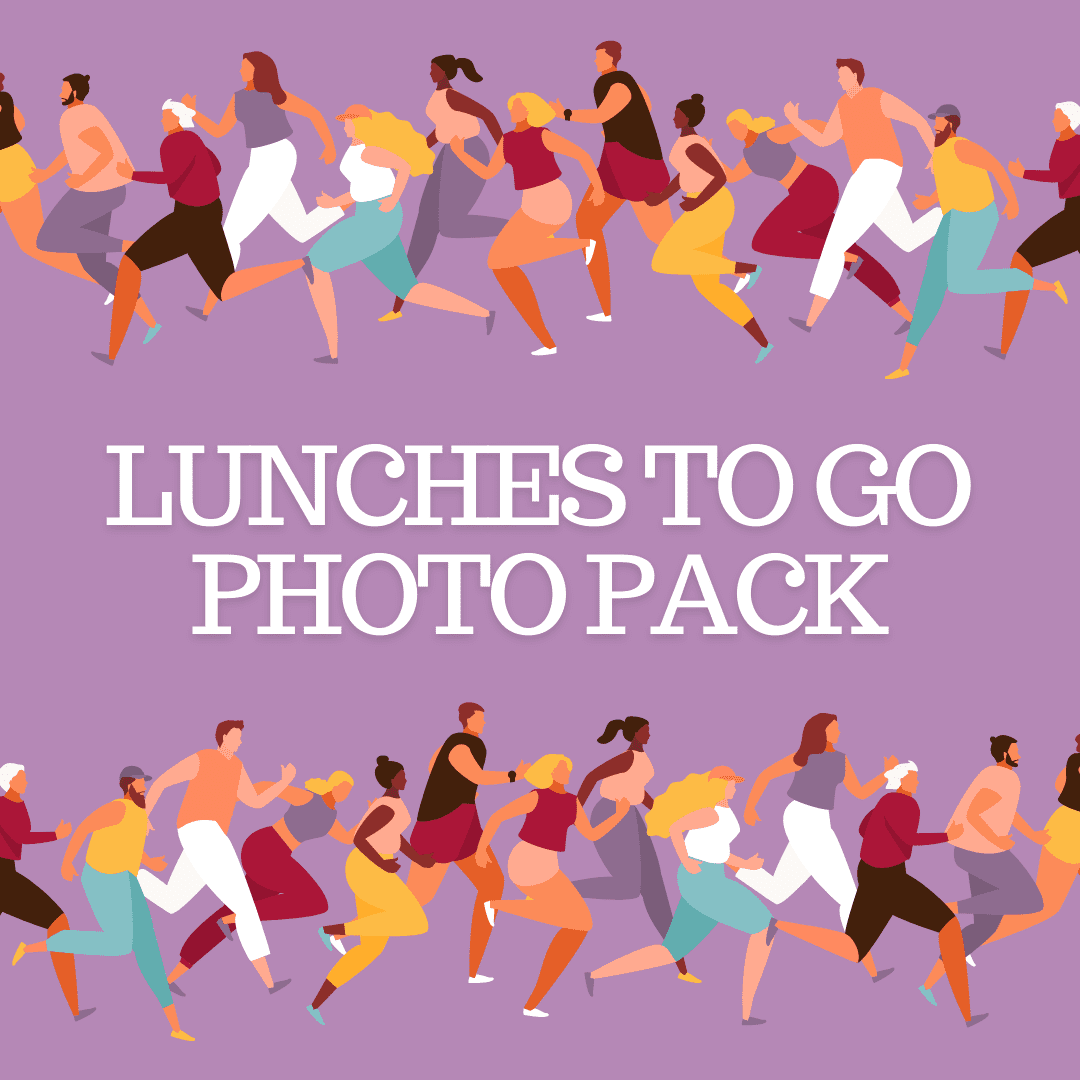
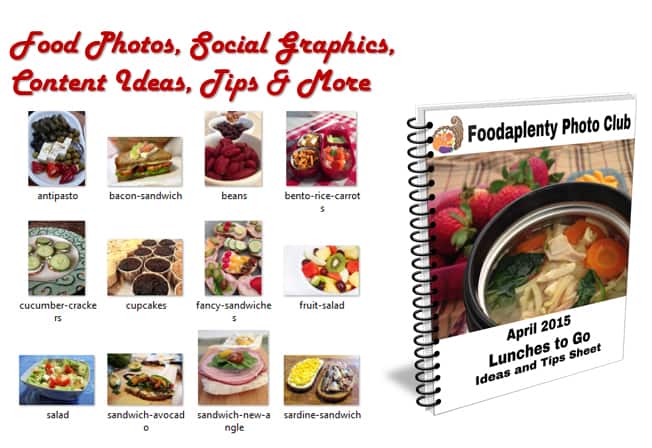
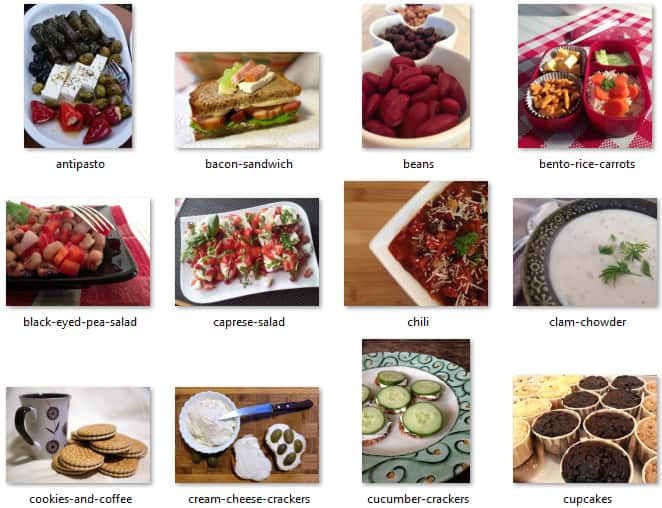
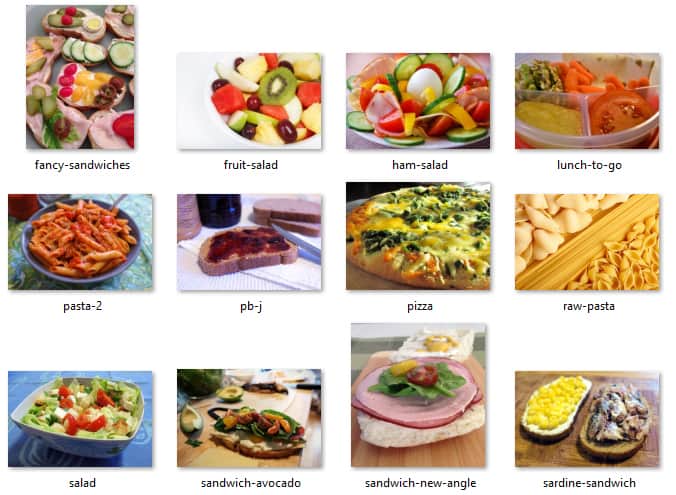
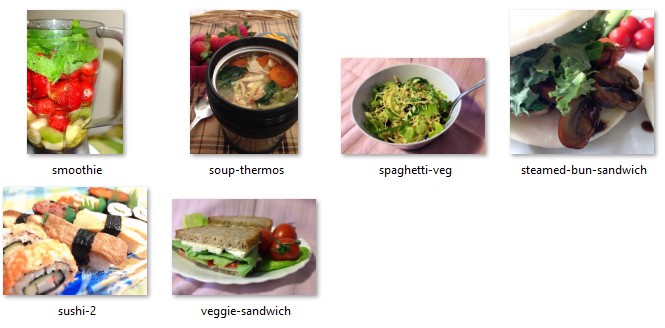
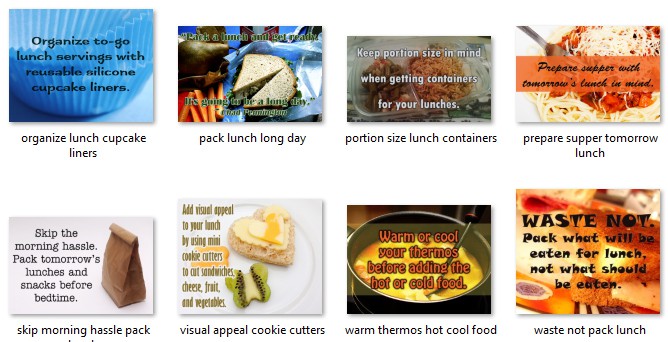
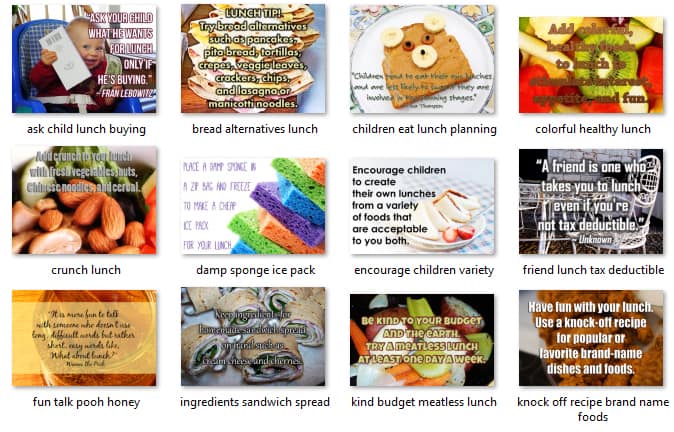
 You’ll love this handy extra. It includes:
You’ll love this handy extra. It includes:
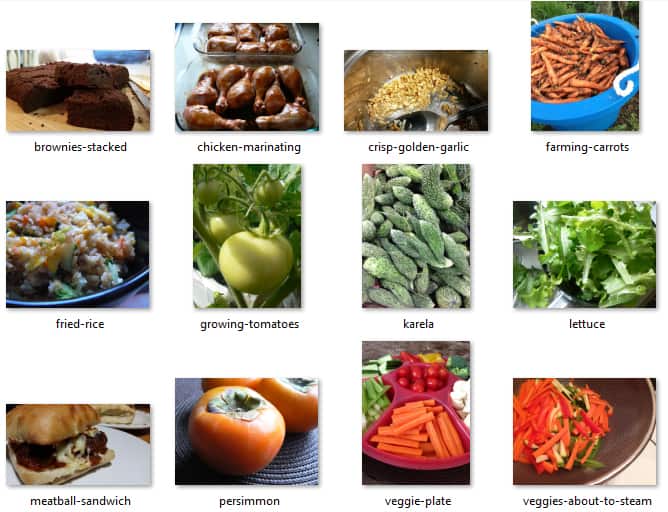 Grab it all now, for a limited time, available for a one-time payment $24.97. No memberships or subscriptions required.
Grab it all now, for a limited time, available for a one-time payment $24.97. No memberships or subscriptions required.